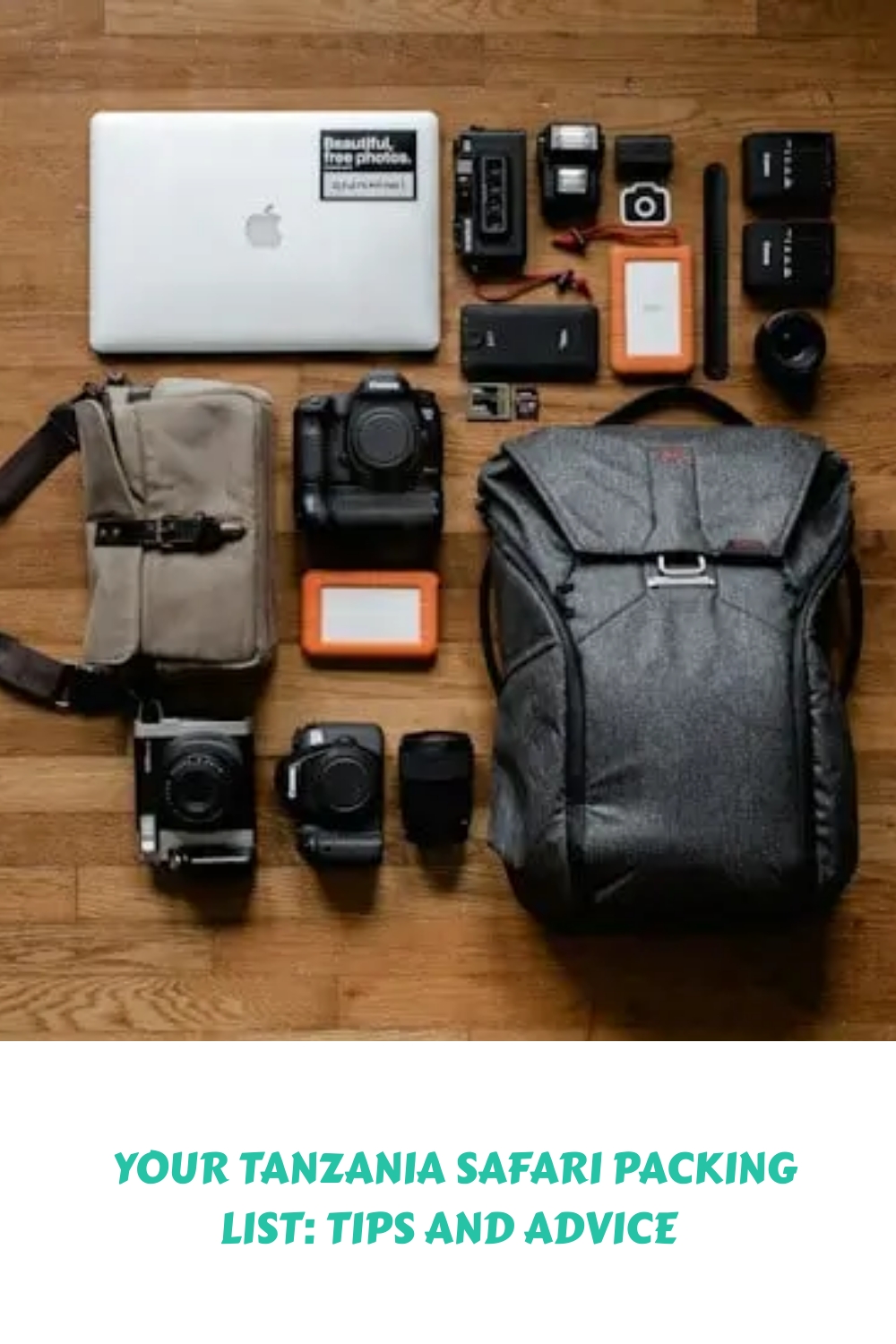A Tanzania Safari is an unforgettable adventure that should be on everyone’s bucket list. However, packing for such a trip can be a daunting task, especially if you have never been on a safari before. That’s why we created this Tanzania safari packing list to guide you on what to pack and wear during your trip.
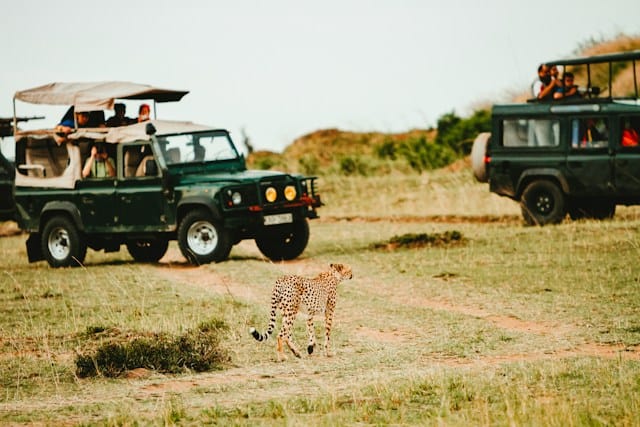
Understanding the Tanzania Safari is the first step in knowing what to pack.
The weather in Tanzania can be unpredictable, with temperatures ranging from hot and dry to cool and rainy. It is important to pack clothing that is suitable for all weather types.
Essential African safari clothes include items such as lightweight, long-sleeved shirts and pants, comfortable hiking boots, and a wide-brimmed hat to protect you from the sun.
Additionally, packing layers is essential as the temperature can drop significantly during early morning game drives.

A good quality camera with a zoom lens is a must-have to capture wildlife and landscapes.
Binoculars are also essential to get a closer look at the animals and birds.
Other important items include a flashlight, insect repellent, and sunscreen.
Health and safety items such as first aid kits, prescription medication, and hand sanitizer should also be included in your Tanzania safari packing list.
🌍 Understanding the Tanzania Safari

Tanzania is one of the best places to experience an African safari. It is located in East Africa and is home to several national parks and game reserves.
Here are some tips to help you prepare for your Tanzania safari adventure.
📅 Best Time to Go
The best time to go on a Tanzania safari is during the dry season, which runs from June to October.
This is the best time to see wildlife as the animals gather around water sources.
The weather is also mild during this time, making it perfect for outdoor activities.
The rainy season, which runs from November to May, can make the roads impassable and make it difficult to see wildlife.
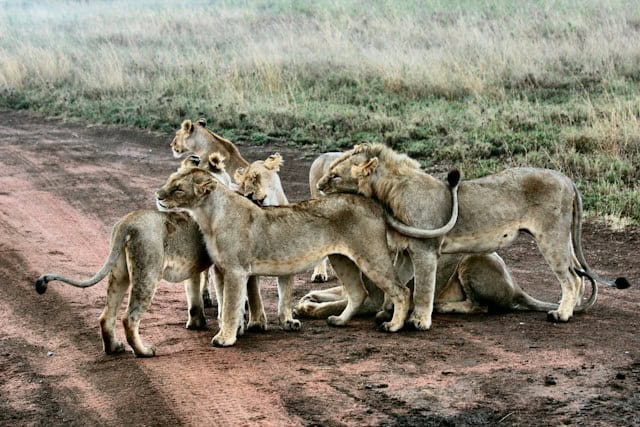
🌞 Tanzania Safari Packing List Essentials
Basic essentials to pack on your Tanzania safari include:
- a hat
- sunglasses
- sunscreen
- insect repellent
- a camera with extra batteries
- memory card
Binoculars are also useful for spotting wildlife from a distance.
When packing for a Tanzania safari, it is important to bring lightweight, comfortable clothing that can protect you from the sun and bugs.
During the daytime, temperatures can get quite hot, so bring clothing that is breathable and will keep you cool. Make sure to bring sturdy, comfortable shoes for walking and hiking.
It is important to pack light as most safari vehicles have limited space.

🏞️ Local Culture and Customs
Tanzania has a rich cultural heritage, and it is important to respect local customs and traditions.
When visiting local villages, it is important to dress modestly and remove shoes before entering homes. Remember to always ask for permission before taking photos of people or their property.
When on safari, it is important to follow the rules and regulations set by the national park or game reserve. This includes staying in designated areas, not littering, and not disturbing wildlife.
It is also important to listen to your guide’s instructions and advice for your safety and the safety of the animals.
👕 Essential Clothing for Your Tanzania Safari Packing List
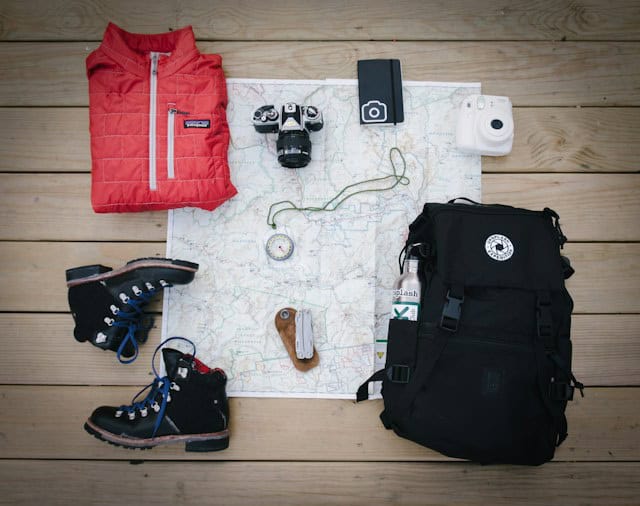
When preparing your Tanzania safari packing list, it’s important to choose the right clothing to ensure comfort and protection from the elements.
Here are some essential clothing items to consider:
🧵 Choosing the Right Fabrics
Opt for lightweight, breathable fabrics such as cotton, linen, and synthetic blends. These fabrics will help keep you cool during the day and warm at night. Avoid heavy, bulky fabrics that will weigh you down and make you uncomfortable.
Additionally, wearing neutral colors like khaki, brown, and olive green will help you blend in with the natural surroundings and not disturb the wildlife. It’s also important to pack long-sleeved shirts and long pants to protect your skin from the sun, insects, and thorny bushes.
🥾 Footwear for the Terrain

The terrain in Tanzania can be rocky, uneven, and slippery. For this reason, it’s important to pack comfortable walking shoes with good ankle support.
Closed-toe shoes are also recommended to protect your feet from rocks and other debris. It is also a good idea to bring along a pair of sandals or flip-flops for relaxing at the campsite.
During the rainy season, it’s important to pack waterproof shoes to keep your feet dry.
In the dry season, dust can be a problem, so packing shoes that are easy to clean is a good idea.
Other clothing items to consider include a wide-brimmed hat to protect your face and neck from the sun, a light jacket for cooler evenings, and warm sweaters for early morning game drives.
🎒 Gear and Gadgets to Add to Your Tanzania Safari Packing List
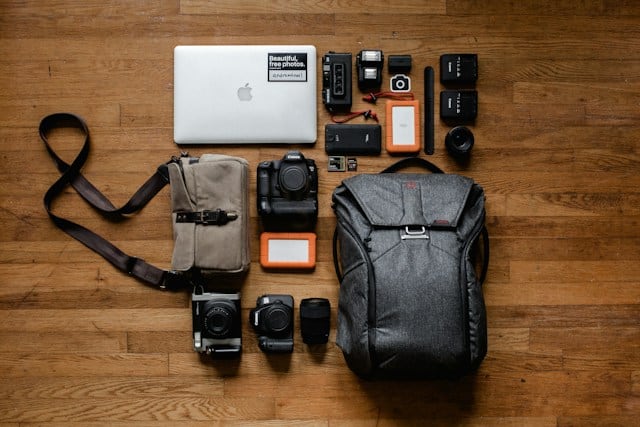
📸 Photography Equipment
When going on a Tanzania safari trip, having the right photography equipment is essential. A good camera, zoom lens, and extra memory cards and batteries are a must.
A zoom lens will allow you to get up close and personal with the wildlife without disturbing them.
It is also important to bring a good camera that can handle low-light situations, as well as fast-moving subjects.
🎒 Day Pack Essentials
A day pack is a must-have when going on a Tanzania safari trip. It’s important to have a bag that’s big enough to carry all of your essentials, but not too big that it becomes cumbersome. For photographers, choosing the best camera backpack for travel can make a huge difference in keeping your gear safe and accessible during your adventure.
Some essential items to pack in your day pack include binoculars, a safari hat, sunscreen, and insect repellent.
Binoculars will help you get a closer look at the wildlife, while a safari hat will protect you from the sun.
Sunscreen and insect repellent are also important to protect your skin from the harsh African sun and pesky insects.
It’s also important to consider the type of safari vehicle you’ll be traveling in.
If you’ll be in an open-air vehicle, it’s important to bring a warm jacket or sweater for the early morning and evening game drives when temperatures can be cooler. A rain poncho or waterproof jacket is also a good idea in case of unexpected rain.
🚑 Health and Safety Items: Must-Haves for Your Tanzania Safari Packing List
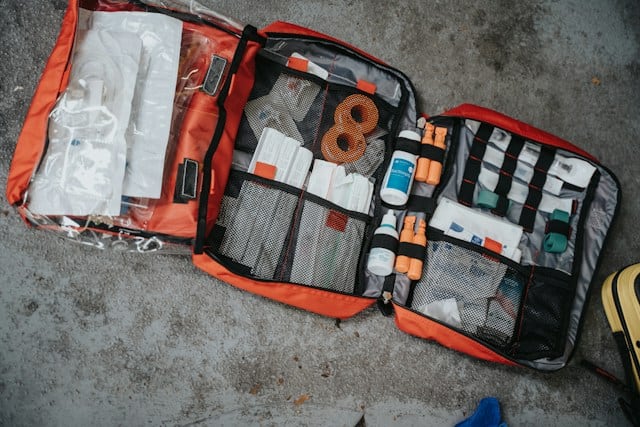
🦟 Preventing Insect Bites
Insects are a common problem in Tanzania, and their bites can cause irritation and even diseases such as malaria and dengue fever.
To prevent insect bites, travelers should pack insect repellent containing at least 30% DEET, as well as clothing that covers the arms and legs.
Tsetse flies are also common in some areas of Tanzania, and their bites can be painful. Travelers should avoid wearing bright colors and dark clothing, as these can attract tsetse flies.
💊 Staying Healthy on Safari
Travelers should bring a basic first aid kit and a medical kit with essential medications, such as painkillers, antihistamines, and diarrhea relief.
Prescription medications should be packed in their original containers and travelers should carry a copy of their prescription.
Hand sanitizers and lip balm are also recommended to avoid germs and dry lips.
In case of a medical emergency, travelers should know the location of the nearest hospital or medical facility.
📄 Travel Documentation and Money

🏦 Keeping Documents Safe
When traveling to Tanzania for a safari, it’s essential to have all the necessary travel documents. These include a valid passport, visas (if required), and flight tickets.
It’s recommended to keep these documents in a waterproof and secure bag.
Additionally, it’s a good idea to keep a digital copy of all the documents in case of loss or theft.
💵 Money Matters
It’s best to be prepared when it comes to money matters in Tanzania. You should have a debit card, credit card, as well as cash on hand to be on the safe side.
Debit and credit cards are widely accepted in major cities, but it’s best to carry some cash for local markets and small businesses. Exchange some money into Tanzania Shillings (TZS) for use in local markets beforehand.
You can use Forbes currency converter to get current exchange rates.
It’s also important to have a portable charger for your electronics, including your phone and camera. This way, you can keep them charged and ready to use.
Lastly, it’s recommended to have travel insurance to cover any unforeseen circumstances. It’s important to check with your insurance provider to ensure that you are covered for safari activities.
🧳 Luggage Tips and Restrictions to Keep In Mind

🧳 Choosing the Right Luggage
Soft duffel bags are the best option for safari travel as they are easier to pack in safari vehicles and small planes.
Hard suitcases are not recommended as they are difficult to store in safari vehicles and may be damaged during transportation.
📦 Packing Efficiently
It’s important to pack efficiently and keep in mind weight restrictions on small planes.
Most African safari planners allow 15-20 kg of checked luggage per person (including the weight of the bag).
Use packing cubes or compression bags to maximize space and organize belongings.
When packing hand luggage, it is important to keep in mind weight restrictions for small planes. Most tour operators allow 5-7 kg of hand luggage per person.
Make sure to pack essentials such as medication, travel documents, and valuables in a waterproof bag or a small backpack.
💡 Additional Tips
You’re all done with your Tanzania safari packing list, but before heading to the airport, make sure to check luggage restrictions with the safari operator. Weight restrictions may vary depending on the operator and the type of aircraft used.
As a general rule of thumb, you should pack lightweight and multipurpose items to minimize the weight of the luggage.
Rolling clothes instead of folding them can also help save space and minimize wrinkles.
While preparing for your safari, don’t forget to also check out this essential road trip checklist, which is handy for any additional travel plans you may have.
Recommended Reading: 💎 African Safari Planners: How to Plan Luxury Safaris
🔌 Electronics and Connectivity
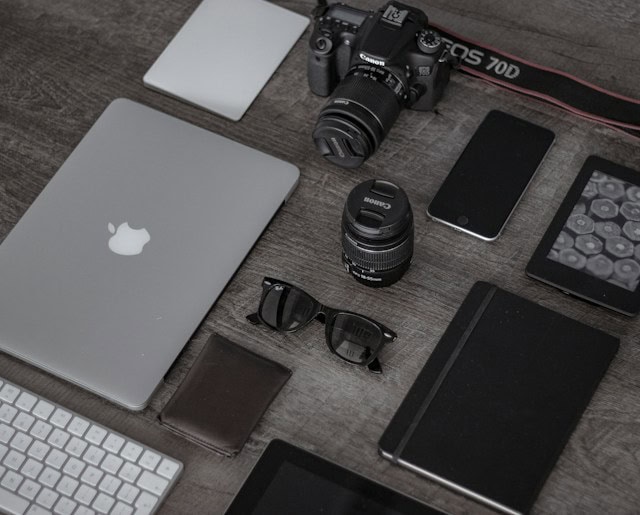
📱 Staying Charged and Connected
When going on a Tanzania safari, it’s important to bring along electronic devices such as a cell phone, camera, and other gadgets to stay connected with family and friends. However, it’s also important to ensure that these devices stay charged throughout the trip.
Bringing a portable charger is highly recommended, especially if you plan on taking long drives or spending a lot of time away from power outlets. It’s also a good idea to pack extra batteries for your camera or other devices just in case.
While most safari vehicles, lodges, and camps have power outlets, it’s always better to be prepared. Bringing a power bank with your charger can ensure your devices stay charged even when you’re on the go.
It’s also important to note that cell phone coverage in Tanzania can be spotty in some areas. Check with your service provider or tour operator before your trip to ensure that you have adequate coverage. Some lodges and camps may have Wi-Fi, but it’s not always reliable, so it’s best to add these items to your Tanzania safari packing list.
In summary, bringing a portable charger, extra batteries, and a power bank with your charger can help keep your electronic devices charged while on a Tanzania safari.
🧐 Miscellaneous Items

🛍️ Personal Care and Comfort
Sunscreen is a must-have item to protect from the strong African sun.
A pair of sandals is also a good idea to have for comfort when not on game drives.
A light scarf can be useful to protect against dust and wind.
Travel-size hand sanitizers and wet wipes are essential items to bring as some camps may not provide them. Be sure to add these to your Tanzania safari packing list.
If you wear contact lenses should bring extra lenses and solution as they may not be able to purchase them during the safari. Be sure to add these on your Tanzania safari packing list.
🕶️ Additional Accessories
A camera with extra batteries and memory cards is essential for capturing the breathtaking scenery and wildlife.
A pair of binoculars can also be useful for spotting animals in the distance.
A small backpack or daypack can be useful for carrying personal items during game drives.
A hat or cap can protect against the sun and dust.
A reusable water bottle can be filled up at the camps to reduce plastic waste.
Be sure to check out our Ultimate Guide on What to Wear on Safari in Tanzania for more insights.
“The more I traveled, the more I realized that fear makes strangers of people who should be friends.”
Shirley MacLaine
❓ Frequently Asked Questions (FAQs): Tanzania Safari Packing List
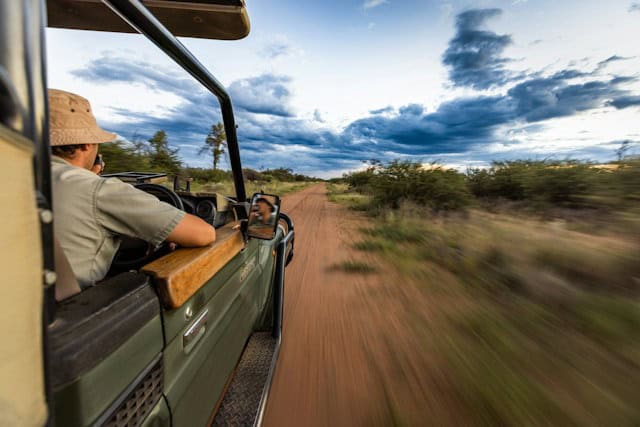
📌 What essentials should I include for a 10-day safari in Tanzania?
When packing for a 10-day safari in Tanzania, it’s important to bring comfortable and breathable clothing, such as lightweight pants and shirts.
You should also pack a hat, sunscreen, insect repellent, and a reusable water bottle.
Additionally, it’s recommended to bring a camera with extra batteries and memory cards to capture the amazing wildlife and landscapes.
🩳 Can I wear shorts during a safari in Tanzania, or should I opt for something else?
While shorts may seem like a good option for a safari, it’s recommended to wear long pants to protect your legs from insects and the sun.
Lightweight and breathable pants made from quick-drying material are the best option.
Additionally, it’s important to wear closed-toe shoes to protect your feet while on safari.
🎨 What are the best clothing colors to choose for a Tanzania safari to blend with the environment?
Plan to have neutral colors such as beige, khaki, and olive green in your Tanzania safari packing list. These colors blend well with the environment and won’t attract unwanted attention from wildlife.
It’s also recommended to avoid wearing bright colors or patterns that may scare off animals.
👚 Are there specific packing recommendations for women traveling on a Tanzania safari?
Make sure to pack comfortable and breathable clothing, such as lightweight pants and shirts.
It’s also recommended to bring a sports bra for added support during bumpy safari rides.
You should also pack your personally preferred feminine hygiene products, as they may not be readily available in remote safari locations.
🌅 What should I bring on a Serengeti safari to ensure the best experience?
To ensure the best experience on a Serengeti safari, it’s recommended to bring a pair of binoculars to get a closer look at the wildlife.
A flashlight or headlamp is also recommended for night-time safaris.
Additionally, packing a small backpack to carry essentials such as water, sunscreen, and insect repellent is a good idea.
